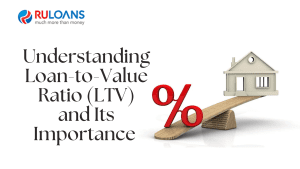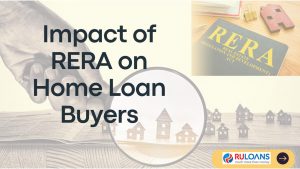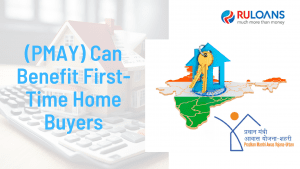What is Own Contribution (OCR) in Home Loan?
The builder or the reseller issues you a receipt on receiving your initial payment, which refers to as an Own Contribution Receipt (OCR). One may also term this receipt as a Margin Money Receipt (MMR).
You’re already aware that a borrower has to contribute a certain amount of money to avail a home loan. As rule, banks and NBFCs fund a certain percentage of the market value of the property that you propose to purchase. So you may rule out the possibility of getting 100 percent finance to purchase the property. Your contribution to the initial funding to purchase a property has come to be termed as an Own Contribution. Let’s get a clearer view of the terms OC and OCR.
Own Contribution (OC)
The term Own contribution (OC) when raising a Home Loan refers to the amount of money that has to be paid upfront by the Housing Finance seeker from his or her own funds as contribution towards the purchase of a house or a piece of real estate. This amount, a percentage of the property’s market value also refers to as a down payment that has to be made to builder or the seller to make a person eligible for a home loan for the purchase of the property in question.
Own Contribution Receipt (OCR)
The builder or the reseller issues you a receipt on receiving your initial payment, which refers to as an Own Contribution Receipt (OCR). One may also term this receipt as a Margin Money Receipt (MMR).
This initial down payment in the form of Own Contribution or Margin Money marks your financial commitment to the purchase of the said property. This reduces or offsets the risk of the financial institution from which you seek housing finance. The financing bank or the NBFC then undertakes to participate to pay off the rest of the property purchase amount via an approved home loan on agreed terms and conditions.
Own Contribution-to-Home Loan Ratio
Reserve Bank of India approved financial institutions as a rule are allowed to finance only 90% of the property’s market value in the form of housing finance for loans up to Rs. 30 lakhs. Loans requests above Rs. 30 lakhs up to 75 lakhs receive 80% funding, and loans above Rs. 75 lakhs receive up to 75%. The rest of the sum has to be the contributed by the loan seeker. Thus, the Loan-to-Value Ratio (LTV) for home loans range from 75% to 90% of the market value of the property. This means your OCR could be as low as 10%.
What do you do when OCR cannot be met?
Raising funds to meet own contribution requirements are a challenge faced by home loan seekers due to the fluctuations in the real estate market. In such a scenario where property market rates are high, one may choose to wait until the required funds are accumulated.
On the other hand you may choose to raise funds via personal loans to fund your margin money receipt. Raising a personal loan to fund OC will call for you to pay EMIs to meet two loan repayment plans successfully, and this could strain your finances. This option could also lead to default causing a dip in your credit rating. The other option could be to seek a construction based construction-linked home loan to acquire an under-construction property.
Construction-Linked Home Loan (CLP) OCR
Construction Linked Home Loan OCRs are a loan plan that allows you the flexibility to maneuver out of a possible debt trap prudently. The stages of construction are the benchmark for these kind contributions. There are generally five stages in a construction-linked plan. When you opt for a construction linked plan, to you choose to pay a pre-ascertained sum of money as your own contribution at each stage. At every stage of your Construction-Linked Plan (CLP), you contribute the agreed OCR sum in accordance with the agreed LTV ratio while the bank disburses the rest of the commitment.
To summarize, Own monetary Contribution (OC) for which you receive a proof called an Own Contribution Receipt (OCR) happens to be the difference between the total value of the home and the value of the home loan availed. Financial institutions do not undertake to disburse 100% of the market value of a property by way of a home loan. On the risks front, own contributions relate to reducing related risks, which encourages trust between the borrowers and the lenders. One may purchase a house with little down payment, but higher OCs advantage a borrower to gain from fluctuating real estate markets, but also by low monthly outgoings in terms of EMIs, and faster loan approval due to reduced risk perception. Ruloans takes care of funding needs keenly in terms of easy finance. Should you be interested, visit www.ruloans.com to choose the best offer from a selection of Home Loan offerings, and call 1800 266 7576 for the best advice on how to get funds to purchase a house that you can call home.









